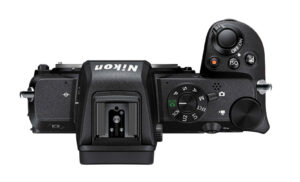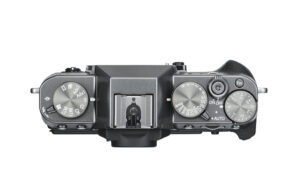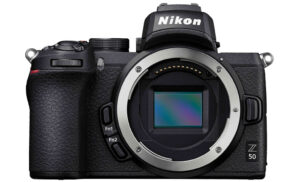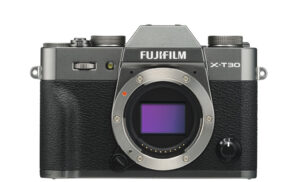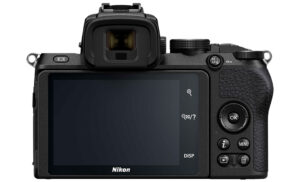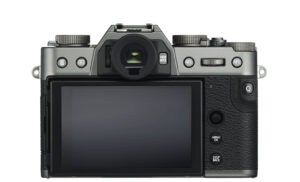The first Z-mount APS-C camera from Nikon has entered a competitive market within the mirrorless segment. After Samsung dropped out, Sony and Fujifilm have continued to push the boundaries, and Canon and Leica, while not innovating at the same pace, are still alive and well.
The Z50 has an attractive price yet finds itself among many competitors with similar specifications. One of them is the popular X-T30 from Fujifilm. Let’s see how they compare.
What the Z50 and X-T30 have in common:
- APS-C format
- 4K video
- hybrid autofocus
- no in-body image stabilisation
- built-in flash
- WiFi and Bluetooth
Nikon Z50 Comparison Previews
Z50 vs Z6 – Z50 vs A6100 vs A6400 – Z50 vs EOS M6 II – Z50 vs X-T30
Ethics statement: the following is based on our hands-on with the Z50 at the UK press event and our personal experience with the X-T30 that we currently own. We were not asked to write anything about these products, nor were we provided with any sort of compensation. Within the article, there are affiliate links. If you buy something after clicking the link, we will receive a small commission. To know more about our ethics, you can visit our full disclosure page. Thank you!
1. Design and Grip
What is immediately apparent when looking at the two cameras is how much larger the front grip is on the Z50. To me personally, this is a big advantage: I’m not a big fan of the X-T30’s ergonomic because of the lack of a more prominent grip.
The Nikon camera is larger and taller than the Fuji model. It has a magnesium alloy construction (top and front plate) and provides some degree of weather sealing. The X-T30 on the other hand is not weather proof at all.
- Z50: 126.5 x 93.5 x 60mm, 450g
- X-T30: 118.4 x 82.8 x 46.8mm, 383g
A distinctive characteristic of the Fuji X-series is the shutter speed dial on top that mimics old film cameras. You’ll also find top dials for the drive mode and exposure compensation.
The Z50 has a default shooting mode dial on top and twin dials on the front and rear to control the exposure. The X-T30 also has two front/rear command dials.
At the back the X-T30 lacks the traditional 4-way pad but benefits from an AF Joystick that can also be used to navigate the menu. The Fuji camera also has a handy focus mode selector on the front.
2. Rear Monitor Tilting Mechanism
The Z50 rear screen can be tilted up to about 90º and down to 180º for selfies.
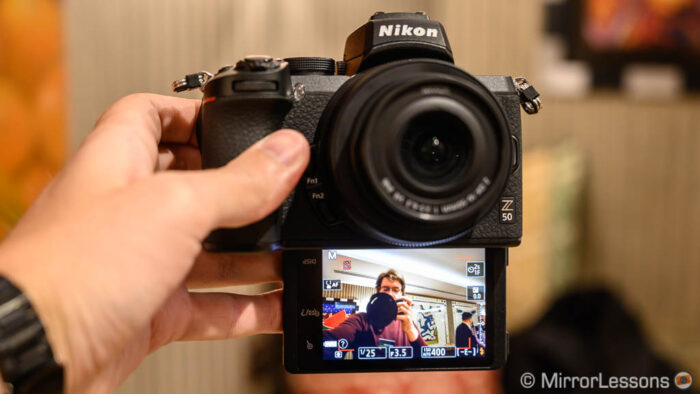
The X-T30 lacks a 180º angle possibility: the screen only tilts down by about 45º.
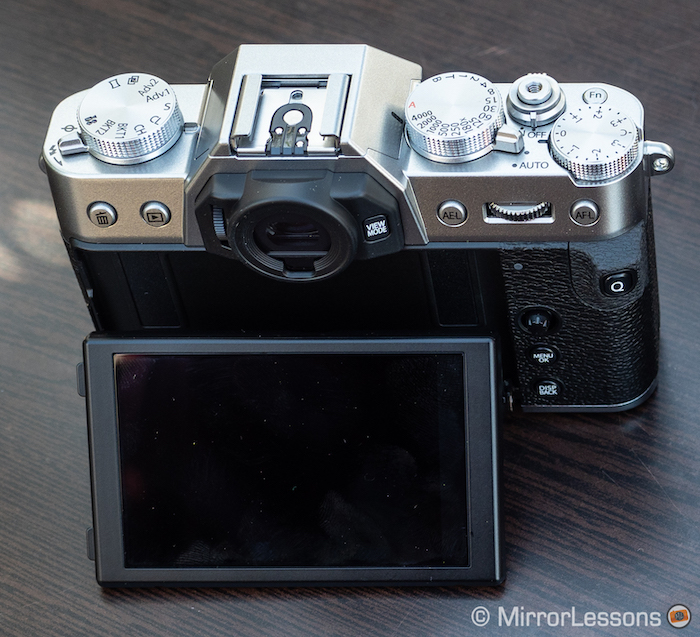
The Nikon monitor is a bit larger (3.2 inches vs 3.0-in). They share the same resolution of 1,040k dots.
Touch capabilities are available on both cameras to move the focus point, take a shot or navigate the menu (Quick menu only on the X-T30). The Fuji allows you to activate four different functions by flicking up, down, left or right. The Z50 has an additional touch control panel on the right side of the screen.
3. Viewfinder Magnification and Sport Finder mode
The two cameras have a similar 0.39-in viewfinder with a 2.36M dots panel. The magnification is a bit higher on the Z50 however: 0.68x vs 0.62x on the X-T30. The Nikon also has a longer eyepoint (20mm vs 17.5mm) and a more prominent eyecup.
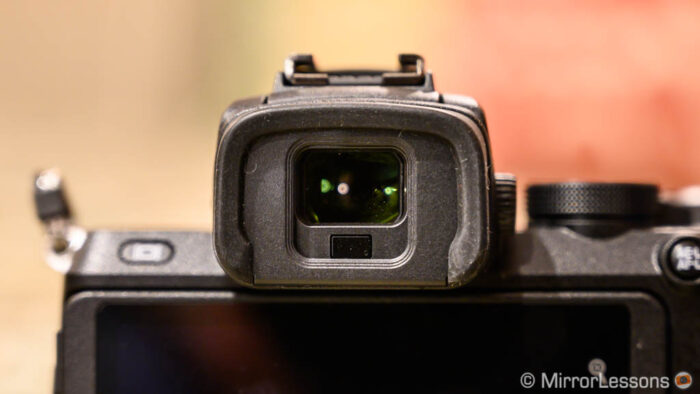
One interesting mode you can activate on the X-T30 is the Sports Finder mode: the sensor is cropped by approximately 1.25x but the live view maintains the original angle of view so that you can see outside the frame.
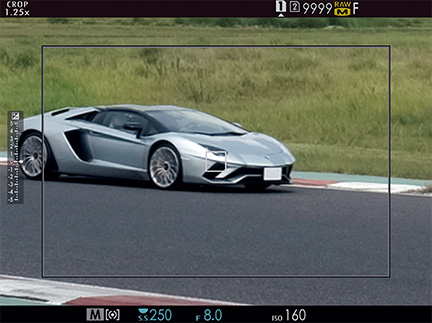
4. Sensor
The two cameras feature an APS-C sized sensor. The Z50 has 20.9 megapixels whereas the X-T30 uses 26.1MP. The Fuji has a different architecture when it comes to pixel arrangement (called X-Trans) that guarantees the presence of at least one red, blue and green pixel on every line. The Nikon uses the traditional Bayer array.
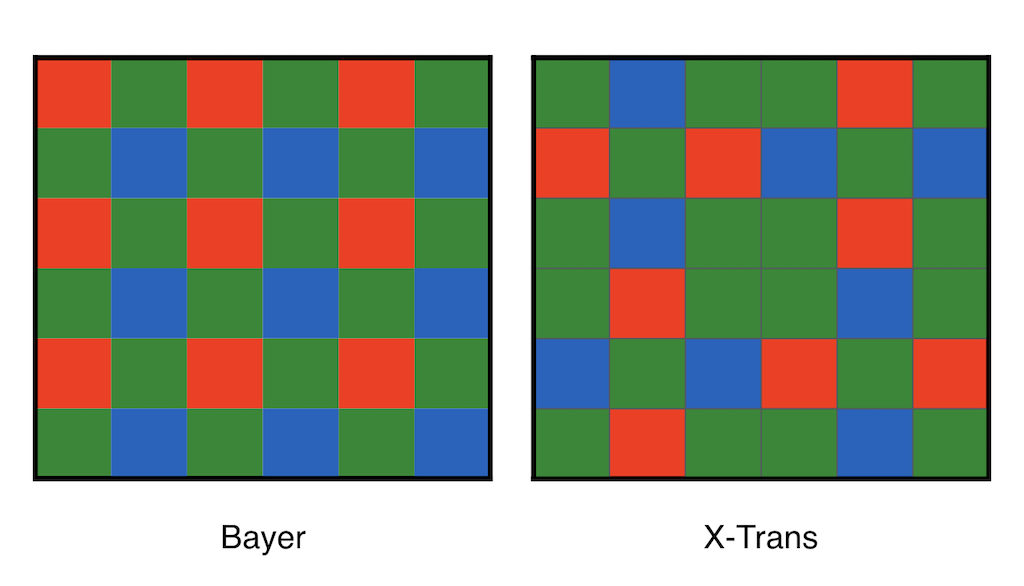
The Z50 has an impressive sensitivity range of 100 to 51,200 ISO, with extended values up to 204,800 ISO.
The X-T30’s more modest range goes from ISO 160 to 12800, with extended values up to 51,200 ISO. It also has a pull value down to ISO 80.
The X-T30 has an excellent image quality that is on par with the latest Sony mirrorless APS-C cameras. You also get Fuji’s distinctive colour palette thanks to the Film Simulation modes. I’m curious to see how the Nikon sensor compares, especially concerning low light performance.
5. Autofocus
The Z50 uses a hybrid autofocus system with 209 phase and contrast detection areas. The area covered on the sensor is around 90%.
The X-T30 also uses a hybrid system with 425 points. Note however that with certain settings, the camera uses 117 points instead.
Face and eye detection are available on both cameras. The X-T30 starts to detect the eye quite well even if the subject is not close to the camera, and the performance is quite good although it will occasionally detect a face where there isn’t one. The Z50 gave me a positive impression at the press event concerning speed and reactivity.
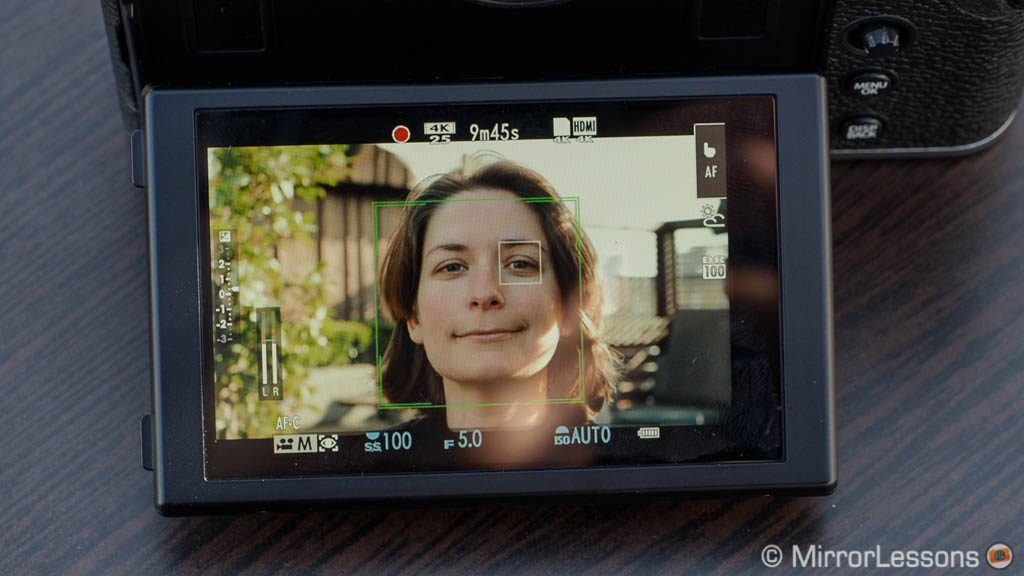
The minimum sensitivity for autofocus in low light is -2Ev on the Z50 and -3Ev on the X-T30 (f2 aperture). Activate the Low Light AF mode and the Nikon goes down to -4Ev.
6. Log and 10-bit Video
Both products have 4K video capabilities up to 30fps, or Full HD up to 120fps. With the latter, you can choose to record in normal mode with sound on the Z50, or have a slow motion result made in camera directly. With the X-T30, only the latter option is available.
The X-T30 offers a few extra settings that can please more advanced filmmakers or V-loggers. There is the F-Log gamma curve which provides more dynamic range. If you connect an external recorder to the HDMI port, you can record in 10-bit 4:2:2 which means more colour information.
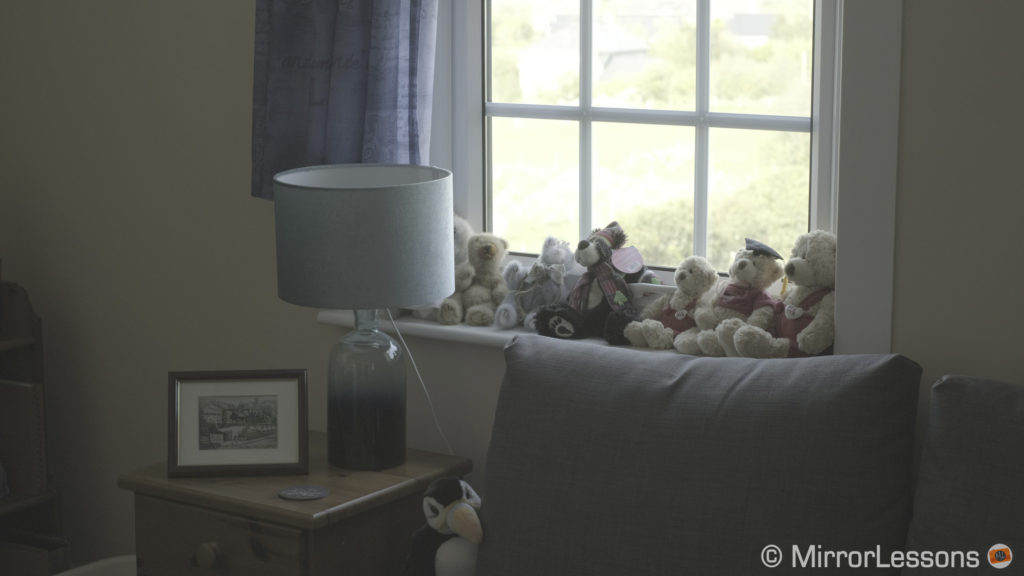
7. Electronic Shutter
The Z50 is the first Nikon DX camera to have an electronic shutter, which allows you to take pictures in silent mode. There is not much else you can do with it.
On the X-T30, the electronic shutter is used to increase speed. You can take pictures up to 20fps, or 30fps in crop mode. There is a pre-shot mode where frames are saved before fully pressing the shutter button. Furthermore, these burst speeds work with live view and no blackouts, a characteristic only shared with the Sony A9, A9 II and X-T3 as of now.
The maximum shutter speed can be extended from 1/4000s to 1/32000s.
The Z50 has a good burst speed of 11fps with C-AF when using the mechanical shutter, which is faster than 8fps on the Fuji camera.
8. Headphone Output
Both cameras feature a 3.5mm microphone input. The Z50 doesn’t have a headphone output, unlike the X-T30 which offers analog audio output via its USB Type C port. You’ll need an adapter for that of course which is sold separately (check our X-T30 accessory article to find out more).
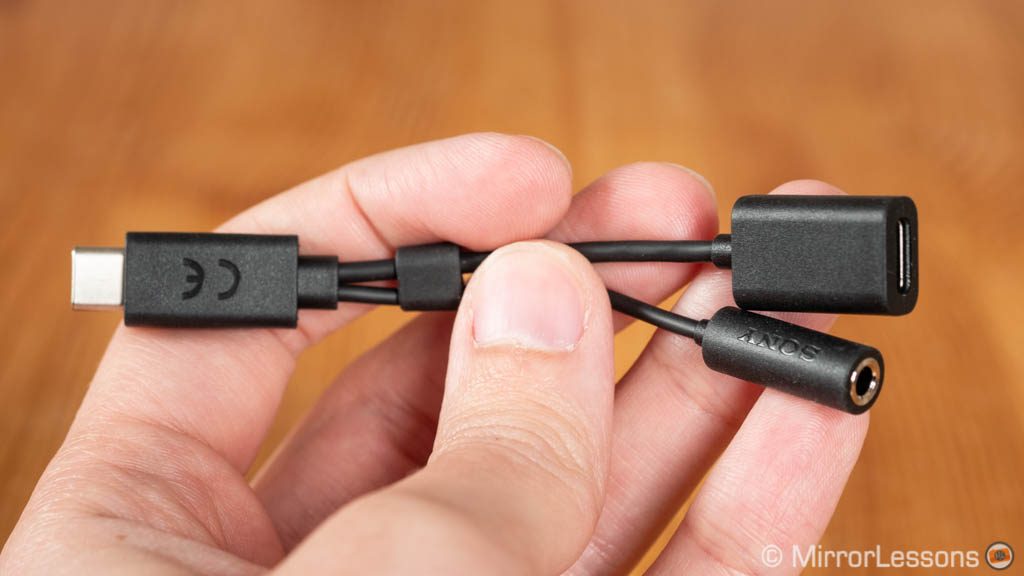
9. Lenses
The Nikon Z-mount is a recent system. There are 8 lenses designed for full frame lenses (Z6 and Z7) and two zooms designed for DX (APS-C): the 16-50mm f3.5-6.3 and the 50-250mm f4.5-6.3. More lenses will come in the future but it’s going to take some time before there is a vast selection especially for DX users.
The Fuji X-mount system has been around for longer and consists of both premium and affordable lenses. You can find manual focus third party options as well and a few AF products from Viltrox.
10. Price
The Z50 enters the market with the following retail prices:
- $860 / £850 / €1000 for the body alone
- $1000 / £990 / €1150 with the 16-50mm f3.5-6.3 kit lens
The Fuji X-T30 can be purchased for:
- $800 / £850 / €850 body only
- $900 / £900 / €900 with 15-45mm f3.5-5.6 kit lens
- $1200 / £1200 / €1100 with 18-55mm f2.8-4 kit lens
Conclusion
Nikon Z50 Comparison Previews
Z50 vs Z6 – Z50 vs A6100 vs A6400 – Z50 vs EOS M6 II – Z50 vs X-T30
My thoughts about the Z50 are no different in this comparison to any of the other comparison previews I’ve written so far. I think its main strength is the design, particularly the substantial grip which does a great job of improving the ergonomics and making it more comfortable to use with all sorts of lenses and accessories. The 180º tilting screen is another bonus compared to the Fuji camera and I’m also curious to see how the new sensor performs in terms of dynamic range and high ISO sensitivity.
The X-T30 strength is the extra video capabilities (F-Log especially), the faster burst with live view and no blackouts, and the more complete lens offering. The lenses are certainly the most important aspect to consider for now if you’re thinking about investing in more than one lens.
Reminder: the links below are affiliate links. If you decided to buy something after clicking the link, we will receive a small commission.
Check price of the Nikon Z50 on
B&H Photo
Check price of the Fujifilm X-T30 on
Amazon | Amazon UK | B&H Photo | eBay

